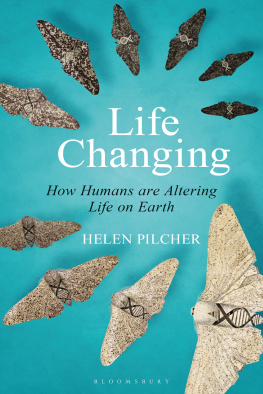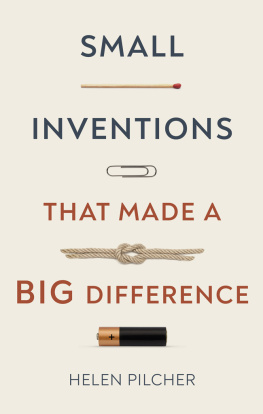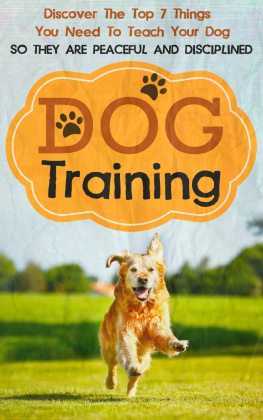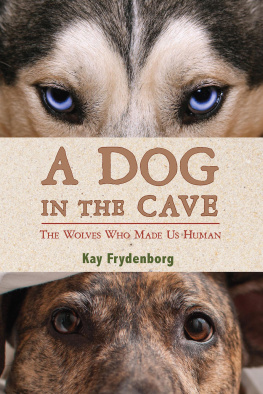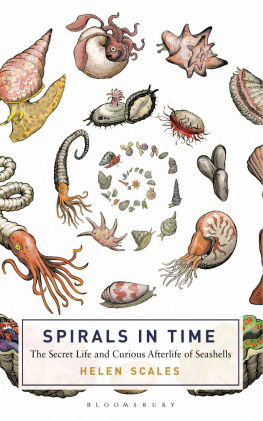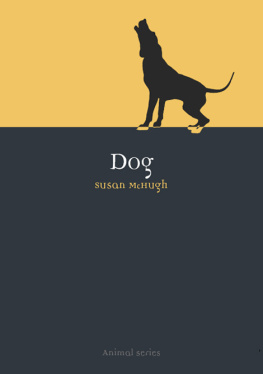
Also available in the Bloomsbury Sigma series:
Sex on Earth by Jules Howard
Spirals in Time by Helen Scales
A is for Arsenic by Kathryn Harkup
Herding Hemingways Cats by Kat Arney
Death on Earth by Jules Howard
The Tyrannosaur Chronicles by David Hone
Soccermatics by David Sumpter
Big Data by Timandra Harkness
Goldilocks and the Water Bears by Louisa Preston
Science and the City by Laurie Winkless
Bring Back the King by Helen Pilcher
Built on Bones by Brenna Hassett
My European Family by Karin Bojs
Patient H69 by Vanessa Potter
The Planet Factory by Elizabeth Tasker
Wonders Beyond Numbers by Johnny Ball
I, Mammal by Liam Drew
Reinventing the Wheel by Bronwen and Francis Percival
Making the Monster by Kathryn Harkup
Catching Stardust by Natalie Starkey
Seeds of Science by Mark Lynas
Eye of the Shoal by Helen Scales
Nodding Off by Alice Gregory
The Science of Sin by Jack Lewis
The Edge of Memory by Patrick Nunn
Turned On by Kate Devlin
Borrowed Time by Sue Armstrong
Love, Factually by Laura Mucha
The Vinyl Frontier by Jonathan Scott
Clearing the Air by Tim Smedley
Superheavy by Kit Chapman
18 Miles by Christopher Dewdney
Genuine Fakes by Lydia Pyne
Grilled by Leah Garcs
The Contact Paradox by Keith Cooper
For Amy, Jess, Sam, Joe, Baba and Higgs the Genetically Modified Wolf
to the moon and back
and for my Dad
who gave me my love of wild things.

Contents
I owe a huge debt of gratitude to the many people who have helped me while I have been writing this book. So Id like to say thank you to:
Team Bloomsbury. Jim Martin, Anna MacDiarmid, Julia Mitchell and Kealey Rigden you are, as always, a pleasure to work with. Thank you for the support, the lunches and the excellent Christmas parties. I dont get out much, so these have been a highlight.
My talented illustrator, Amy Agoston. You are gifted and smart. Thank you for all the hard work you have put into bringing my book to life. I adore your artwork, and I adore you. I know you will do great things.
All of the people who have taken the time to chat with me, email me, donate photos and help me by proofreading drafts of the emerging manuscript. You are a brilliant bunch. This is a better book because of you. Thank you to Michael Kinnison, Ronald Goderie, Chris Thomas, Luke Alphey, Madeleine van Oppen, Alejo Menchaca, Jim Reynolds, John Ewen, Greger Larson, Mietje Germonpr, Francesca Dooley, Jeff Craig, Brenna Hassett, Juliane Kaminski, Anna Kukekova, Love Dalen, George Seidel, Randy Lewis, Gabriel Vichera, Andras Gambini, Minda Davies-Morel, Katrin Hinrichs, Flavio Forabosco, Marc Maserati, Adrian Mutto, Melain Rodriguez, Pierre Taberlet, Marcel Niekus, Hermann Swalve, Guy Green, Adam Hart, Austin Burt, Kevin Esvelt, Peter Dearden, Gary Lewis, Geoff Walker, Lluis Montoliu, Martina Crispo, Eric Hallerman, Dave Conley, Kris Huson, Zhiyuan Gong, Ross Barnett, Jan Zalasiewicz, Philip Lymbery, Max Holmes, Richard Harrington, Steve Foster, Andrew Hendry, Scott Hackett, Martin Phillip, Alec Kolaj, Phillip John Robbins, Lee Taylor-Wheal, Robert Brooker, George Perry, Ken Thompson, Quenton Tuckett, Ruth Gates, Bruce Robertson, Daryl Eason, Jason Howard, Jens-Christian Svenning, Ole Sommer Bach, Alastair Driver, Molly Merrow, Tim Birkhead, Bruce Whitelaw, Sergey Zimov, Nikita Zimova and Alli Cartwright.
Extra special thanks go to: Richard Pell, Director of the Center for PostNatural History, who took me on a virtual tour of his brilliant museum. One day, I promise to visit in person. Jamie Craggs and Keri ONeil, who hosted my visit to the Horniman Museum and put up with me firing dozens of annoying questions at them while they were trying to get on with their work. Emma Hills, Jim Clubb and Jamie Clubb, who welcomed me to Heythrop Zoological Gardens and let me spend time with Glacier the silver fox. Charlie Burrell and Isabella Tree, who made me tea and took me on a guided safari tour of the Knepp Estate. I will return to find the elusive Purple Emperor. Geoff Martin from Londons Natural History Museum, who found my Great-uncle Ricks peppered moth. Thank you. It meant so much. Andrew Digby, lead scientist with the Kkp Recovery Programme, who has fielded my repetitive Skype calls with good humour and bonhomie. Jane Bennett for her friendship and proofreading skills. Jess and Paul Semple, for fielding random questions about cattle penises and running such a top-notch farm full of wildlife. My friends Timandra Harkness, Jo Brodie, Tracey Mafe, Rachel Waters, Claire Wragg, Alex Cooper, Aby Hawker, Andrea Warrener-Grey, Justine Mallard and family, the Harrington family, Brian and Claire Dale, and Milly. Thank you for the doggy daycare, the childcare, the friendship, laughter and cups of tea. Love you all.
To anyone else that Ive forgotten: sorry. You were amazing. I will buy you a pint next time we meet.
And finally: To my husband, Joe. Thank you for your editorial skills, endless patience and unwavering support. Thank you for always picking up the slack when Im busy. You are always there when I need you. I love you and I really couldnt have done this without you. Now can we go to the pub?
To the rest of my family to Amy, Jess and Sam. To my mum, Nijole, and to my genetically modified wolf, Higgs. Thank you for your love and support. A myliu tave.
4913 Penn Avenue, Pittsburgh, Pennsylvania
Four doors down from a gluten-free bakery, two doors up from a Vietnamese takeaway, is one of the worlds most unusual museums. Its outside is elegantly understated. There are no ornate pillars or sweeping staircases. Instead, the faade is a muted, minimalist chequerboard fashioned from glass and steel. At a casual glance, it looks more like a trendy boutique than it does a centre for learning, yet Pittsburgh has a hidden gem squirrelled away in this bustling business street. One online review describes the museum as wonderfully weird. Another says, there is nothing like it in the world. And theyre right. Welcome to the Center for PostNatural History.
The museums ambassador is Freckles, a milky-coloured goat that greets the visitors when they arrive. An ex-ungulate, shes stuffed and mounted, portraying a jaunty demeanour that borders on the mischievous. Pert ears are cocked forwards. Olive eyes protrude from a long face and her mouth is turned upwards into the semblance of a smile. Although she looks ordinary from the outside, on the inside she is anything but. Her DNA is part goat, part spider. She doesnt have eight legs and has never spun a web, but when she was alive she did have superpowers. Freckles used to make spider proteins in her milk. She was donated to the museum by the scientists who deliberately modified her DNA. Shes there as a conversation starter, says the museums director, Richard Pell. Shes the first thing that you see when you walk in the door.
Spend time at the museum and youll find it is home to an impressive range of equally idiosyncratic oddities. There are pressed leaves from genetically modified plants, the grimacing skull of a pug and a stuffed salmon that contains the DNA of not one but three different species. Theres a fluffy chicken with extra toes, a weird hybrid brine shrimp and the testicles of a cat called Jimmy Cat Carter. If Tim Burton made natural history museums, this is how they would be.

